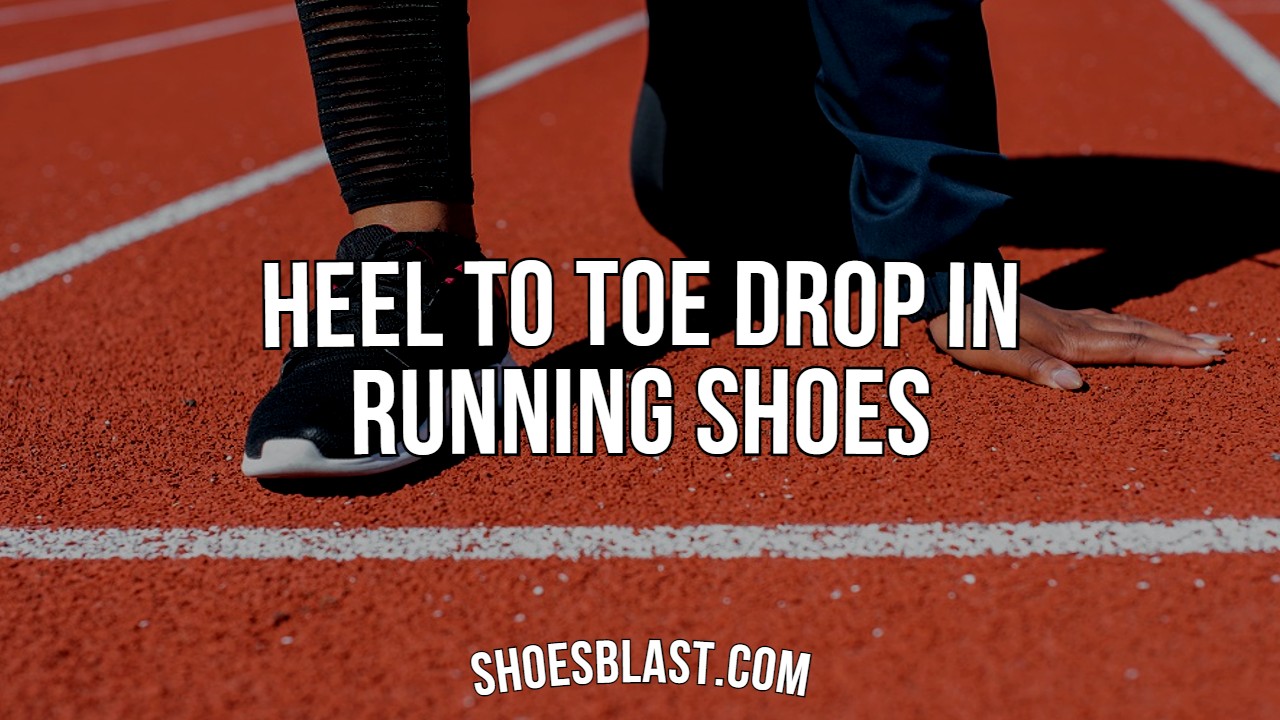[box]
Zero Drop | Low Drop | Mid Drop | High Drop | is it important to know?
[/box]
Do you feel overwhelmed with all the features a pair of running shoes have? Well, I am about to introduce you to another feature. Today, We are talking about the heel-to-drop (HTT).
You’ll find this characteristic under many different names, but the most common ones are drop, heel drop, or offset. Heel drop is the difference between the heel height and the forefoot height.
It is not the same as the shoe’s cushioning or stack height. These are different things. The heel drop is measured in millimeters, and it starts from 0 mm to 14mm.
Zero Drop Running Shoes
[box]
0 mm is called ZERO DROP. Zero drop shoes are created to reproduce the running barefoot mechanism. Usually, there is no cushioning in the heel pad or too much arch support, but Altra went above many brands and created their zero drop shoes with cushioning and arch support.
Zero drop shoes will promote a midfoot-forefoot stride. The shoes that have zero drops are beneficial to those who experience chronic knee pain.
[/box]
Low Drop
[box]
1 to 4 mm is called LOW DROP. Low drop shoes as the zero drop ones promote a more natural/barefoot stride. These types of shoes are more common for trail running.
[/box]
Mid Drop
[box]
5 to 8 mm is called MID DROP and it is a mid-foot striker.
[/box]
High Drop
[box]
8 to14 mm is called a HIGH DROP. The majority of runners prefer to use shoes with 10mm drop. This is not because they know exactly that this is the right fit for them. But, because most of the standard running shoes are structured that way.
If you purchase a pair of shoes with a 10mm drop, it means that your heel will sit 10 millimeters higher than your forefoot.
These types of shoes have the most cushioning and arch support. The runners who benefit the most from the high heel drop are the heel strikers.
Different heel drops will put the load on different muscles, but in the case of a higher drop, the hips and knees are under more stress. On the other hand, wearing shoes with a higher drop could reduce calf injuries and plantar fasciitis.
[/box]
Is it Important to Know About Heel to Drop?
[box]
What you should take from this article is that the heel drop is important but not that important. Professional runners might pay closer attention to their running technique and how that influences their performance, but for regular, amateur runners, it is not a very important factor.
Another important aspect to remember is that if you decide to change your shoes from a higher dropping point to a lower dropping point. Do Not do it right away!
Give your body and your stride time to adapt to the new running mechanics. Try to change it with 2 mm at a time, meaning that you use the new pair of shoes for 3-6 months and then change it again.
The reason we are doing this is the same reason we are using different types of heel drop sizes, to reduce the risk of injuries. If you run shorter events, it might be beneficial to try a pair with a higher drop and if you trail running, you’ll most likely benefit from a lower heel drop.
[/box]
